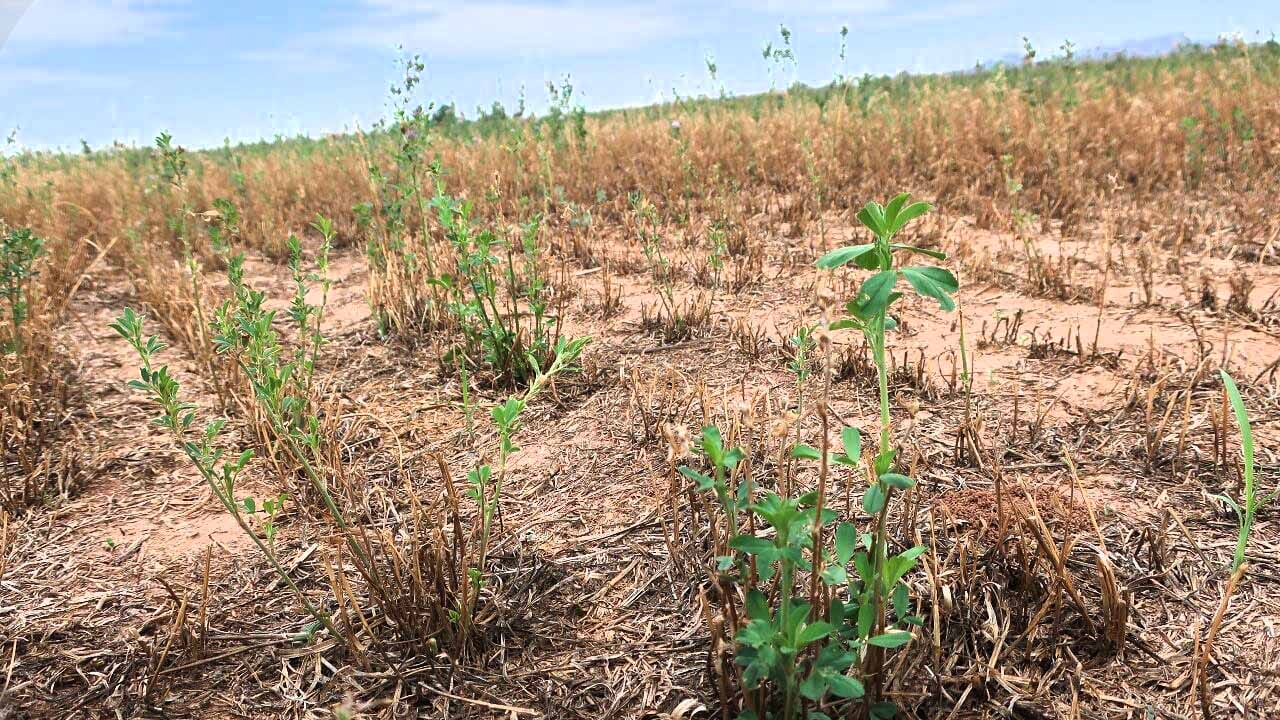Billions of dollars of Inflation Reduction Act money meant to tackle drought looks likely to make it more expensive to clinch a broader deal critical to economies in several states.
ANNIE SNIDER
POLITICO
A widely hailed deal to conserve water from the shrinking Colorado River is turning into a windfall for some of the most powerful farmers and tribes in the West.
A POLITICO investigation has found that many of the deals to save water under the three-year $1.2 billion pact struck by Arizona, California and Nevada in May are driving up the value of existing agreements to save or transfer water by nearly 50 percent.
The Colorado River supplies water to 40 million people and vast swaths of the country’s most productive farmland — a task that’s becoming increasingly difficult as climate change shrivels its flow. But the investigation, based on more than a dozen interviews and analyses of federal, state and local documents, reveals that the gusher of federal money is likely to make a broader, long-term deal to save the West’s most important river more expensive.
“It’s all a grand experiment,” said Kathryn Sorensen, a former head of Phoenix’s water department, who noted that Democrats’ Inflation Reduction Act funding is effectively creating a new market for water, with a new, higher price. “This market, especially one with a premium [price], might create some perverse incentives.”
The $1.2 billion in federal funding that made the May deal possible comes out of a $4 billion pot of money in the climate law tagged for mitigating drought. That provision, secured at the last minute by Independent Sen. Kyrsten Sinema of Arizona, was crafted at a moment when the Southwest appeared to be on the precipice of disaster. Water levels at Lake Mead, one of the river’s critical reservoirs, had fallen to their lowest levels since it was filled in the 1930s. The decline was happening so quickly, it was feared the lake could be just months away from a point where it would be impossible to get water through the Hoover Dam at all.








